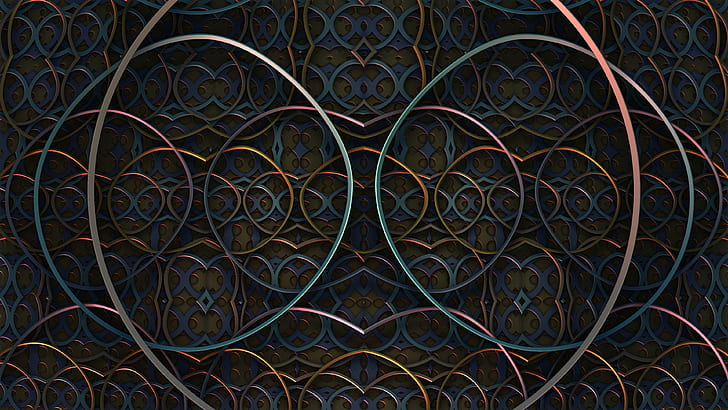1.- Parshvottanasana, feel the pyramid shape
1.1.- Parshvottanasana: What is it?
Parshvottanasana. This asana is famous and widely practiced in South India. It is recommended that you also include this in your daily Asana session, as apart from its highly beneficial effects.
Combined, Parshvottanasana also enhances the beneficial effects of the Paschimottanasana pose.

1.2.- Etymology
The name of this asana comes from “parshvo”, which means to stretch. In North India this asana is called Konasana, “kona” meaning angle, combined with Asana results in “the angle pose”.
2.- Parshvottanasana: How to do it?
2.1.- The left side
To perform Parshvottanasana, raise your hands behind your back, palms together, place your hands between your shoulder blades (perpendicular to your spine), fingers pointing up.

Case at the beginning of practicing this Asana the joints do not allow it to be performed, simply put your hands together on your back.
This is the Parshvottanasana position: it straightens the spine and limits the flexion of the dorsal area. In this Asana the flexion is located in the lower back.
We turn the trunk and the left leg to the left, at 90 degrees. Gaze steadily forward.
2.1.1.- Parshvottanasana: getting into position
Keeping the spine straight and looking forward, we bend the trunk forward. In this way, the movement must start from the sacral area, because in this way the curve of the back will be transmitted progressively from the lower part to the upper part, and not the other way around.
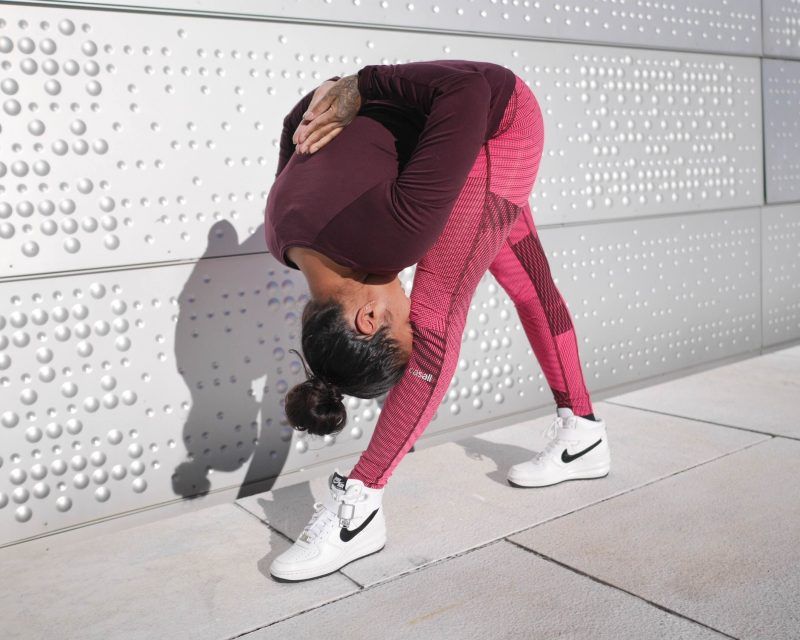
This recommendation is very important. Bring your chin as close to your leg as possible, in an attempt to place it on your knee. Exhale slowly and deeply, just once, as you lower your torso so that your chin reaches your knee.
2.1.2.- Hold Parshvottanasana
Next, when the chin has reached the lowest point of the left leg, we remain still breathing deeply, concentrating our attention on the exhalation. At this time we can maintain control of the contraction of the abdominal muscles.
Inhalation and exhalation will be performed by partially closing the glottis.
During this interval of stillness, we try to push your chin (not your nose) as far down your leg as possible, to enhance the spinal stretch.
The goal of this Asana is to stretch the spine, not curve it. Leaning forward accentuates the stretching of the back and inter-costal spaces. It is important to keep your legs straight.
2.1.3.- Return to the starting position
This is accomplished in the reverse order we have presented, when entering the pose, correcting the spine from the top to the bottom, and relating this upward movement to the inhalation.
2.1.4.- Parshvottanasana approach on the left side
When performing this Asana, focus on stretching your spine. The mind needs to follow the development of the spinal column, vertebra by vertebra, starting from the area of the sacrum. Also focus on the abdominal area.
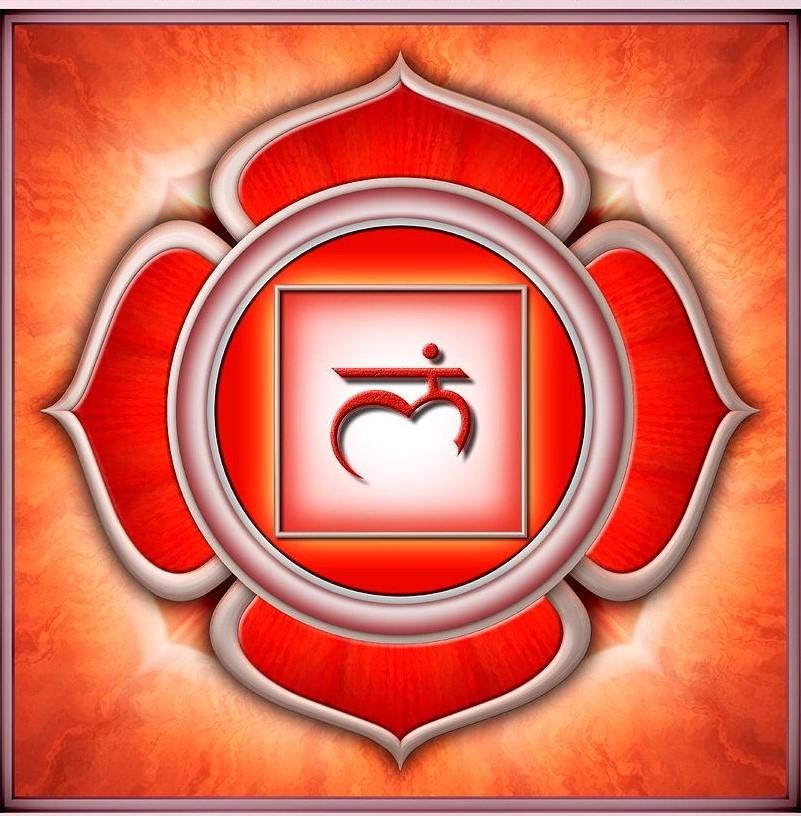
Feel the energy that rises through your legs and the activation of the Muladhara Chakra, and how this activity increases our receptive aspect and our vitality.
Simultaneously, perceive the activation of the Anahata Chakra, the awakening of the affective capacities and the harmonization of the affective level with the vital level.
2.2.- The right side
Parshvottanasana on the right side is exactly the same as described above, except that the trunk will rotate to the right, along with the right leg.
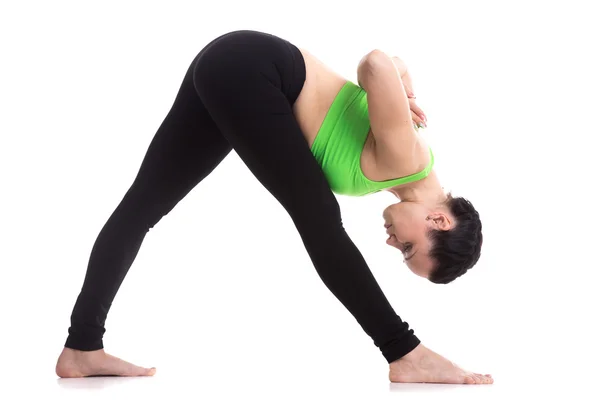
2.2.1.- Get into posture
In this case, the difference is to bring the chin closer to the right knee. Holding the pose and coming out of the pose is identical to what we already described above.
2.2.2.- The approach of Parshvottanasana on the right side
Unlike the perception of the energies on the left side, this time you will perceive the activation of the Muladhara Chakra in its sending aspect, not receiving. In conclusion, we can perceive how our vital energy increases, and our potential and need for activity increase.
The practice of this posture needs all our focus and attention, so we recommend using quality incense during its performance.
3.- Activate the Chakras with Parshvottanasana
3.1.- Parshvottanasana strengthens several Chakras
The use of Yoga to unlock Chakras is a way to achieve inner peace and harmony. The Chakras form an element of our body, both physical and energetic. So, we must take into account if we work on our spirituality and modulate our mind.
This activation method will be reflected in a better physical and mental sensation, and in a better behavior towards our entity and towards those that surround us.
3.2.- Muladhara Chakra
The first Chakra is Muladhara, associated with the color red and the element of Earth. Kundalini resides in Muladhara, the vital energy that once awakened, ascends through our spine purifying all our Chakras. Waking up Muladhara allows us to live more secure, calm, feeling that our base is solid; and allows us to venture to live in another way.

“Muladhara Chakra is the Chakra that opens and allows us to connect to the inexhaustible source of vital energy. In this center rests the Kundalini serpent, which once awakened, transforms us physically, mentally and spiritually”
Enmanuel Torras Mata
3.3.- Svadhishthana Chakra
Associated with the color orange and the element of Water. It is the Chakra where dreams, desires, fantasies, the center of pleasure and pain are awakened… Our feelings and emotions have a great influence on this center, and unfortunately, also the harmful impulses of the mind. Above all, the disharmony of Svadhishthana is common, and tends to generate a lot of confusion, since we relate the pure Love of Anahata with the impulse of the desire of Svadhishthana.
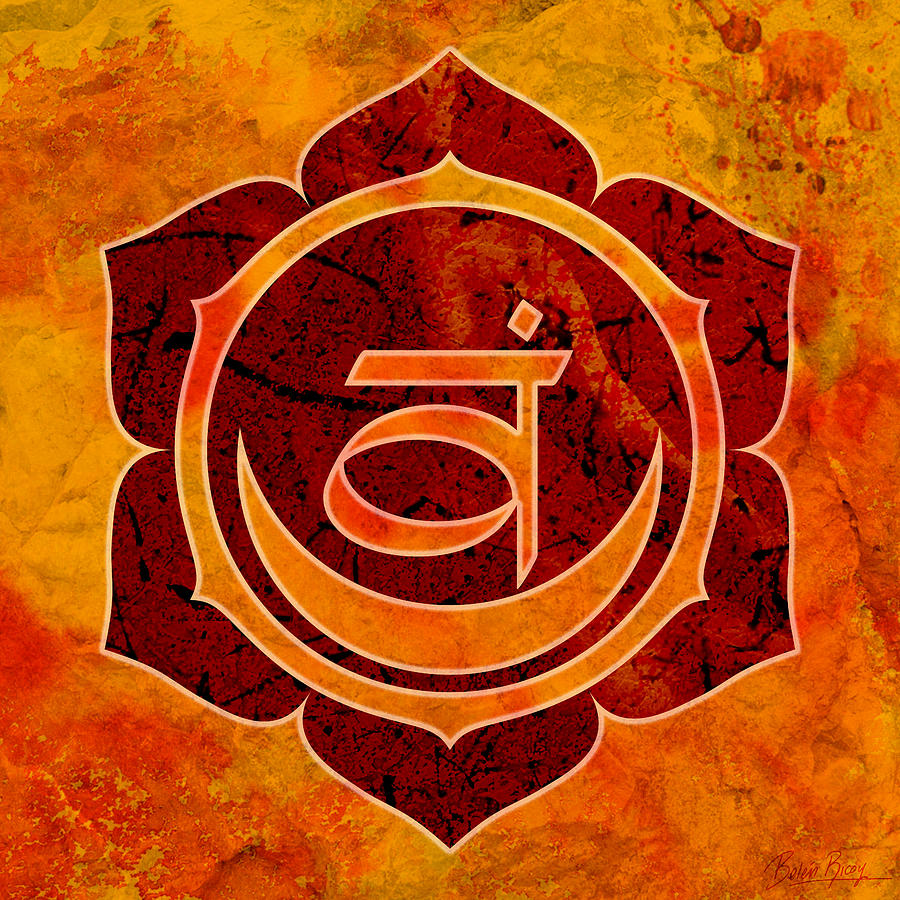
“We must recognize that part of our life is governed by this center of power; we may find that this part occupies most of our living space”
Enmanuel Torras Mata
3.4.- Manipura Chakra
The third Chakra is Manipura, associated with the color yellow and the element of Fire. It is the center of personal power, and the engine that drives the Kundalini energy to the higher Chakras. Manipura is responsible for generating the momentum you need to take control of your life, the Parshvottanasana will help you in this momentum.

” Feeding the fire of the third Chakra facilitates the necessary driving force to act and complete everything that we must face in our lives. “
Enmanuel Torras Mata
3.5.- Anahata Chakra
The fourth Chakra is Anahata, associated with the color green and the element of Air; It is the intermediate Chakra between the upper and lower Chakras. The heart resides in Anahata, and from this center emanate the purest and most sincere feelings of Love, without form or limits. Its openness opens us to a higher experience of our own life, and encourages us to maintain a more spiritual life.
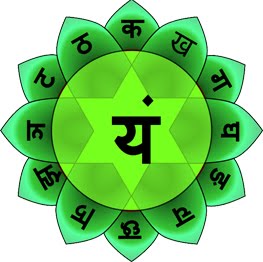
“Anahata Chakra represents the center of our Being. From this center of power where the heart is located, emanates the purest and most sincere feeling of Love, and it is the gateway to God.”
Enmanuel Torras Mata
4.- Beneficial effects of Parshvottanasana
This asana has all the effects of Paschimottanasana, to which is added the stretching of the inter-costal spaces and the beneficial action on the thighs. The stretching of the leg muscles helps in a perfect execution of Paschimottanasana.
4.1.- The muscles, joints and spine in Parshvottanasana
This pose stretches the intercostal and abdominal muscles. Konasana has beneficial effects on the shoulder joints, but the most important effects are on the thigh joints.
At the same time, the legs and leg joints are highly energized.
During the stretching movement, the nerve endings starting from the spine are highly stimulated. This Asana has beneficial effects in cases of sciatic problems and even lordosis.
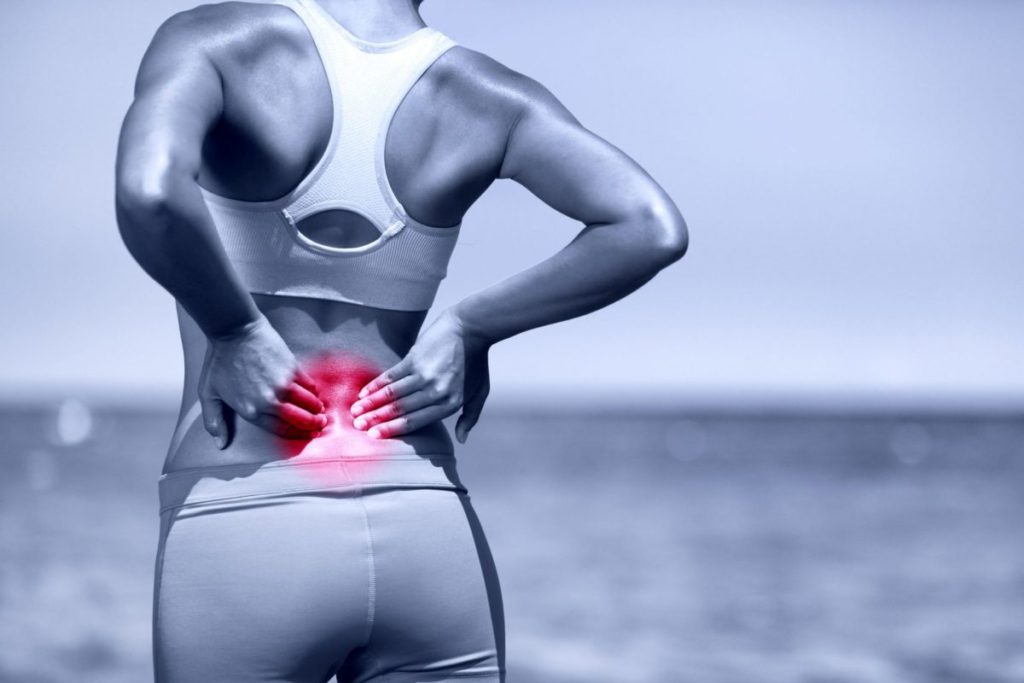
4.2.- The abdominal organs
During the still phase of the Asana, if you follow the instructions related to deep exhalation and contraction of the abdominal muscles, the entire abdomen area will be massaged.

4.3.- The chest
This Asana improves the chest and brings the ribs to a correct angle with the spine. Konasana is a perfect preparation exercise for Pranayama as it helps the ribs regain their mobility.
